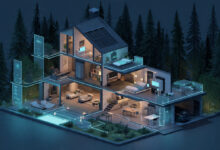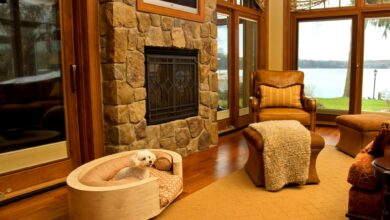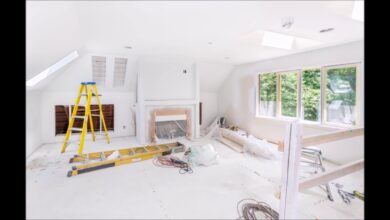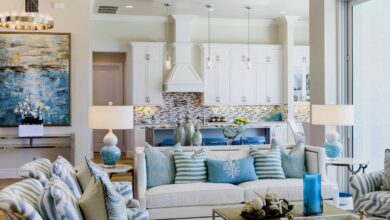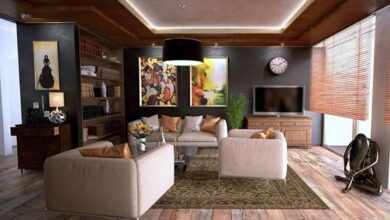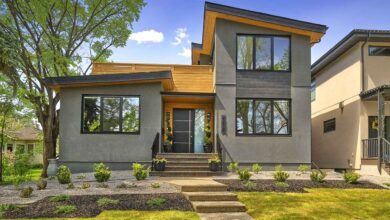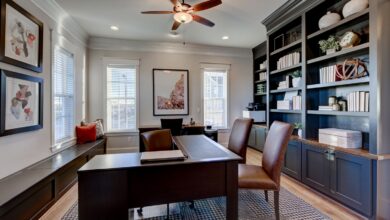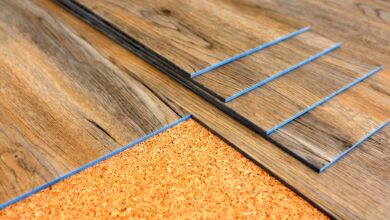Sustainable Homes Energy Efficient Design Ideas
Sustainable Homes Energy Efficient Design Ideas
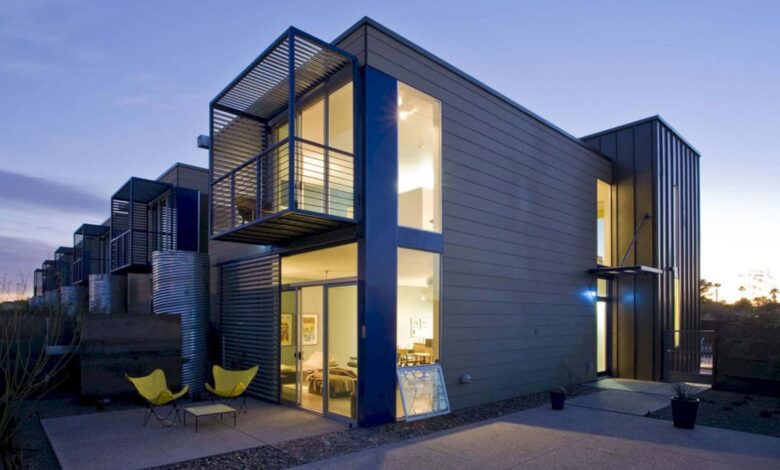
The growing awareness of climate change and environmental sustainability has revolutionized how we approach residential construction and renovation. Sustainable homes represent more than just a trend—they embody a fundamental shift toward responsible living that benefits both homeowners and the planet.
Energy-efficient design has become the cornerstone of modern architecture, combining innovative technologies with time-tested building principles to create living spaces that minimize environmental impact. These advanced building practices maximize comfort and functionality while reducing long-term operational costs significantly. The integration of cutting-edge materials and systems creates homes that perform exceptionally well in all climate conditions.
Today’s homeowners are increasingly recognizing that sustainable home design offers compelling advantages beyond environmental stewardship. These green building practices can significantly reduce utility costs, improve indoor air quality, enhance property values, and create healthier living environments for families.
The integration of renewable energy systems, advanced insulation techniques, and eco-friendly materials has made it possible to construct homes that produce as much energy as they consume. Achieving the coveted net-zero energy status is now within reach for mainstream residential construction projects. Modern building techniques and technologies have eliminated many traditional barriers to sustainable construction while improving overall building performance.
The concept of energy-efficient homes extends far beyond simply installing solar panels or upgrading to LED lighting systems. It encompasses a holistic approach that considers everything from site orientation and window placement to material selection and ventilation systems carefully.
Modern passive house design principles emphasize creating airtight, well-insulated structures that require minimal mechanical heating and cooling throughout the year. Smart home technology enables precise monitoring and optimization of energy consumption, allowing homeowners to track and control usage patterns effectively. This comprehensive approach ensures that all building systems work together harmoniously to achieve maximum efficiency and comfort.
As we move further into 2025, the convergence of environmental necessity, technological advancement, and economic incentives has made sustainable building practices more accessible and attractive than ever before. Government rebates, tax incentives, and decreasing costs of renewable technologies have eliminated many traditional barriers to implementing green home design strategies.
Whether you’re planning new construction or renovating an existing property, incorporating energy-efficient design elements can transform your house into a model of sustainability. These improvements provide decades of reduced operating costs and enhanced living comfort for occupants. The combination of environmental benefits and economic advantages makes sustainable design an intelligent investment for any homeowner.
Understanding Sustainable Home Efficient Design Ideas
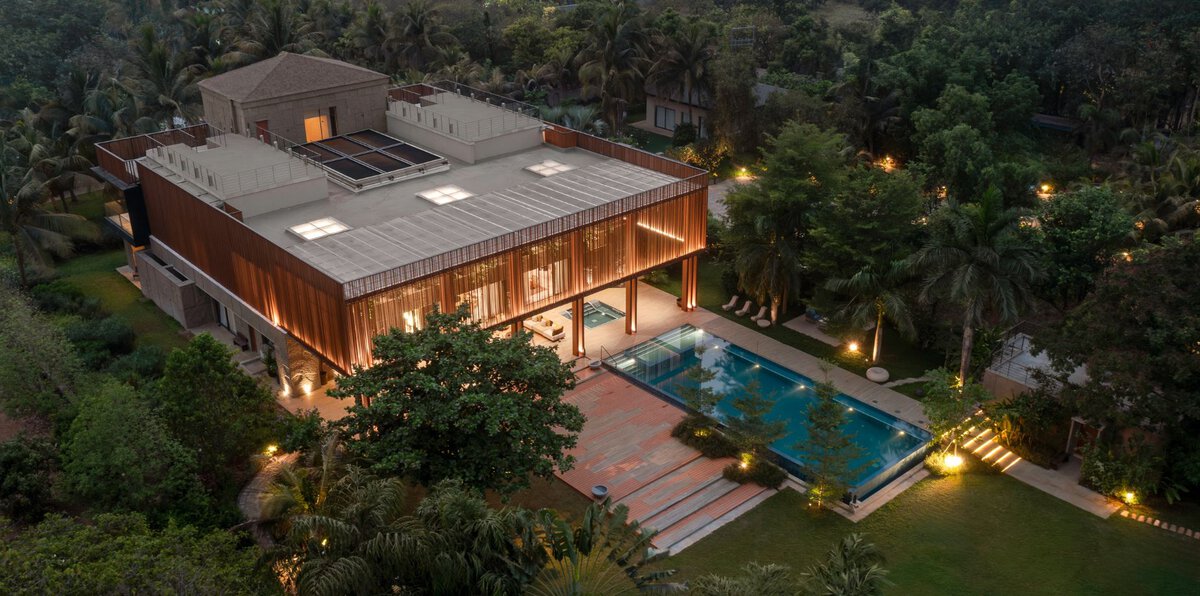
The foundation of green building begins with understanding the fundamental principles that govern energy-efficient construction in modern residential development. At its core, this approach prioritizes resource conservation, environmental protection, and occupant health while maintaining aesthetic appeal and functional performance throughout the building’s lifecycle.
The most successful green homes integrate passive design strategies with active technologies to create comprehensive systems that work harmoniously together. Building performance encompasses thermal efficiency, air quality management, moisture control, and long-term durability considerations that affect both comfort and maintenance requirements. Energy-efficient homes are designed to minimize heat transfer through superior insulation, strategic window placement, and advanced building envelope techniques that create seamless thermal barriers.
Passive house design represents the gold standard in energy-efficient construction, achieving up to 90% reduction in heating and cooling needs compared to conventional homes. These strategies harness natural forces like solar radiation, thermal mass, and natural ventilation to maintain comfortable indoor conditions with minimal mechanical intervention throughout all seasons.
Key elements include strategic building orientation, optimized window-to-wall ratios, and thermal bridge elimination that prevents energy loss through structural connections. Solar orientation plays a crucial role in sustainable building design, with south-facing windows capturing winter sunlight while overhangs provide summer shading automatically. Cross-ventilation principles enable natural cooling through strategic window and door placement, reducing dependence on energy-intensive air conditioning systems significantly.
Advanced Insulation and Building Envelope Technologies
Modern energy-efficient homes utilize advanced insulation materials and installation techniques that far exceed traditional building standards for thermal performance. Continuous insulation systems eliminate thermal bridging, while high-performance materials like aerogel, vacuum insulated panels, and dense-packed cellulose provide superior R-values in thinner profiles.
These innovations enable green building designs to achieve exceptional thermal performance without sacrificing interior space or architectural flexibility. Spray foam insulation has revolutionized sustainable home construction by providing both insulation and air sealing in a single application process. This technology creates seamless thermal barriers that dramatically reduce energy loss while preventing moisture infiltration and improving indoor air quality.
The building envelope’s integrity determines overall energy efficiency more than any single component in the entire building system. Advanced air sealing techniques using gaskets, sealants, and membrane systems create virtually airtight structures that prevent unwanted air exchange and energy loss.
Controlled ventilation systems then provide fresh air precisely where and when needed, maintaining optimal indoor air quality while minimizing energy loss. Vapor management strategies prevent moisture-related problems that can compromise both building performance and occupant health over time. Smart vapor retarders adapt to seasonal conditions, allowing walls to dry when necessary while preventing moisture infiltration during humid periods.
Renewable Energy Integration and Smart Systems
Renewable energy systems have become increasingly sophisticated and affordable, making net-zero energy homes achievable for mainstream construction projects across all market segments. Modern solar photovoltaic arrays offer exceptional efficiency and aesthetic integration, with options including traditional panels, building-integrated photovoltaics, and solar shingles that blend seamlessly.
Battery storage systems enable homes to achieve energy independence while providing backup power during utility outages and emergencies. Smart inverters and monitoring systems optimize renewable energy production and consumption, automatically adjusting loads to match generation patterns throughout the day. Grid-tie capabilities allow sustainable homes to contribute excess energy to the electrical grid, often generating income through net metering programs.
Ground-source heat pumps represent one of the most efficient heating and cooling technologies available for sustainable home design in most climate zones. These systems utilize stable underground temperatures to provide consistent comfort while consuming 25-50% less energy than conventional HVAC systems year-round.
Air-source heat pumps have also advanced significantly, maintaining efficiency even in extreme cold conditions that previously required backup heating systems. Variable refrigerant flow (VRF) systems offer precise zone control and exceptional efficiency for larger energy-efficient homes with complex layouts. Heat recovery ventilation systems capture waste heat from exhaust air, preconditioning incoming fresh air to further reduce energy requirements.
Water Conservation and Management Systems
Sustainable homes incorporate comprehensive water management strategies that reduce municipal water consumption while protecting local watersheds from pollution and runoff. Rainwater harvesting systems capture precipitation for landscape irrigation, reducing both water bills and stormwater runoff that can overwhelm municipal systems.
These systems range from simple rain barrels to sophisticated underground cisterns with filtration and distribution networks for whole-house applications. Greywater recycling systems repurpose water from sinks, showers, and laundry for landscape irrigation, reducing freshwater consumption by 30-50% annually. Permeable paving materials and bioswales manage stormwater naturally, preventing erosion and supporting local ecosystems while reducing infrastructure burden.
Water-efficient fixtures and appliances significantly reduce consumption without sacrificing performance or user satisfaction in daily operations. Low-flow showerheads, dual-flush toilets, and sensor-activated faucets minimize waste while maintaining user satisfaction through improved design and engineering. Tankless water heaters provide unlimited hot water on demand while eliminating standby losses associated with traditional storage systems.
Smart water monitoring systems detect leaks immediately, preventing waste and property damage while providing detailed consumption data for optimization. These green building technologies integrate with home automation systems to optimize water use patterns and identify conservation opportunities automatically.
Sustainable Materials and Indoor Air Quality
The selection of building materials profoundly impacts both environmental sustainability and occupant health throughout the building’s entire lifecycle. Green building materials prioritize recycled content, renewable resources, and low-embodied energy while avoiding toxic chemicals and volatile organic compounds.
Reclaimed wood, recycled steel, and bamboo flooring offer durability and aesthetic appeal while supporting environmental goals through responsible sourcing. Natural materials like cork, linoleum, and wool carpeting provide excellent performance characteristics while maintaining healthy indoor environments. Low-VOC paints, sealers, and adhesives prevent off-gassing that can compromise air quality for years after construction completion.
Energy-efficient homes require sophisticated ventilation strategies to maintain healthy indoor air quality while minimizing energy loss through air exchange. Heat recovery ventilators (HRVs) and energy recovery ventilators (ERVs) provide continuous fresh air while recovering thermal energy from exhaust streams.
These systems maintain optimal humidity levels and remove indoor pollutants without compromising energy efficiency or comfort levels. Natural ventilation strategies complement mechanical systems by utilizing stack effects and wind patterns to provide fresh air when conditions permit. Operable windows, clerestories, and ventilation shafts enable passive air circulation that reduces mechanical system loads while connecting occupants with outdoor conditions.
Smart Home Technology for Energy Management
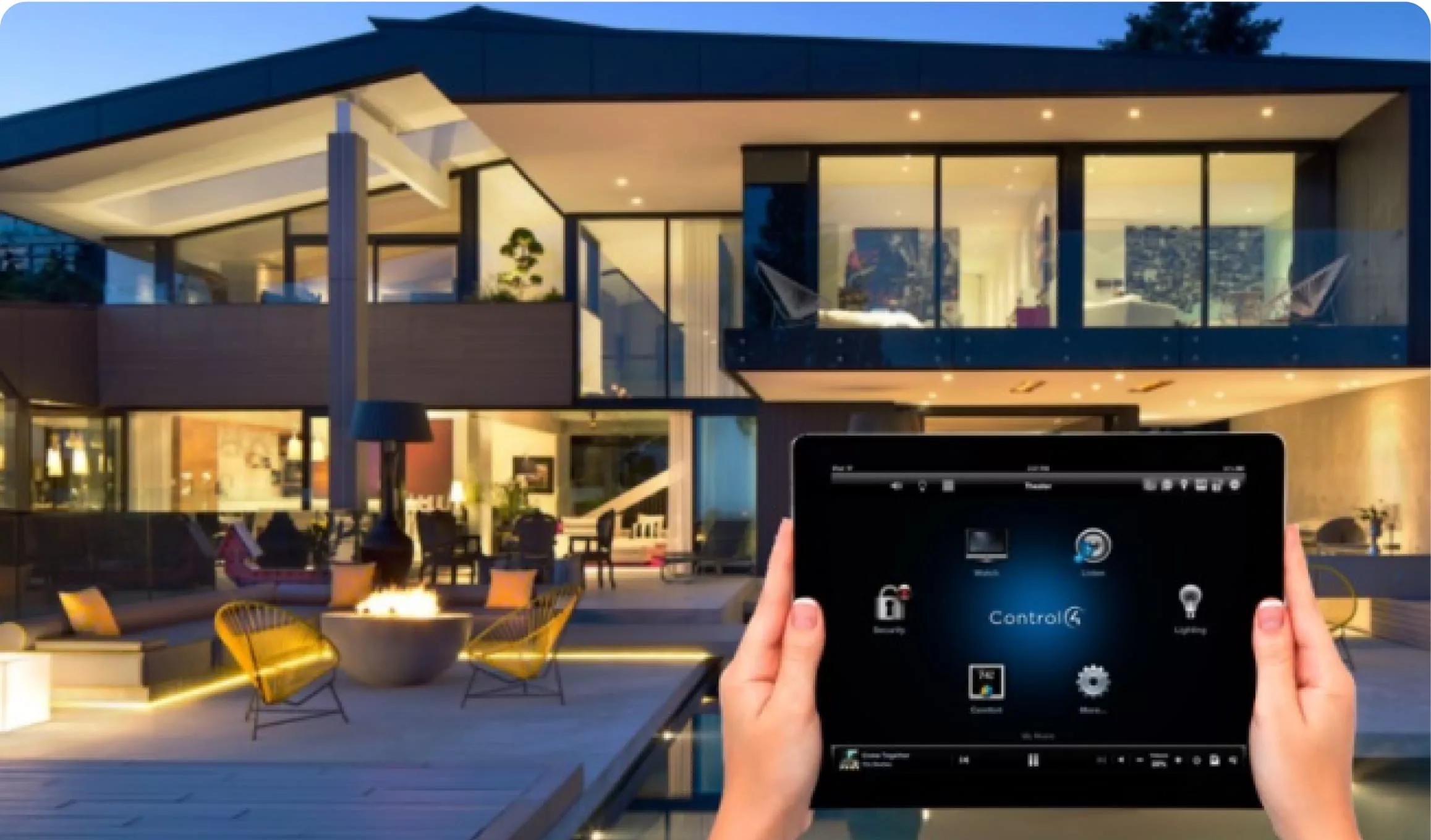
Smart home technology enables unprecedented control and optimization of energy consumption in sustainable homes through automated systems and real-time monitoring. Intelligent thermostats learn occupancy patterns and preferences, automatically adjusting temperatures to minimize energy use while maintaining comfort throughout the day.
Smart lighting systems provide optimal illumination levels while consuming minimal energy through LED fixtures and occupancy sensors that respond instantly. Energy monitoring systems provide real-time feedback on consumption patterns, enabling homeowners to identify inefficiencies and optimize usage behaviors. Smart appliances coordinate operations to take advantage of renewable energy production and off-peak utility rates, maximizing economic benefits.
Advanced home energy management systems coordinate renewable energy production, battery storage, and electrical loads to maximize efficiency and grid independence. These systems automatically shift high-energy activities like water heating and electric vehicle charging to periods of peak solar production.
Predictive algorithms analyze weather forecasts, occupancy patterns, and utility rates to pre-condition homes and optimize energy storage systems effectively. This intelligent coordination ensures that energy-efficient homes operate at peak performance while minimizing environmental impact and operating costs. Integration with utility grid systems enables participation in demand response programs that provide additional economic benefits.
Cost Analysis and Return on Investment
While sustainable home design often requires higher upfront investments, the long-term financial benefits typically provide attractive returns on investment. Energy-efficient construction techniques and renewable energy systems qualify for various federal, state, and local incentives that can offset 30-50% of initial costs.
Utility rebates for high-efficiency appliances and systems further reduce net investment requirements while improving overall building performance. Financing options specifically designed for green building projects, including energy-efficient mortgages and PACE financing, make sustainable upgrades more accessible. These programs recognize the reduced operating costs and enhanced property values associated with energy-efficient homes.
Energy-efficient homes typically achieve 50-90% reductions in utility costs compared to conventional construction, providing substantial ongoing savings that compound over time. Property values for sustainable homes consistently exceed comparable conventional properties, with studies showing 5-10% premiums for certified green buildings.
Reduced maintenance costs, improved durability, and enhanced comfort provide additional economic benefits that extend beyond simple energy savings. The combination of energy savings, tax incentives, and property value appreciation often results in positive cash flow from the first year. As energy costs continue to rise and environmental regulations become more stringent, these financial advantages become increasingly significant.
Future Trends in Sustainable Home Design
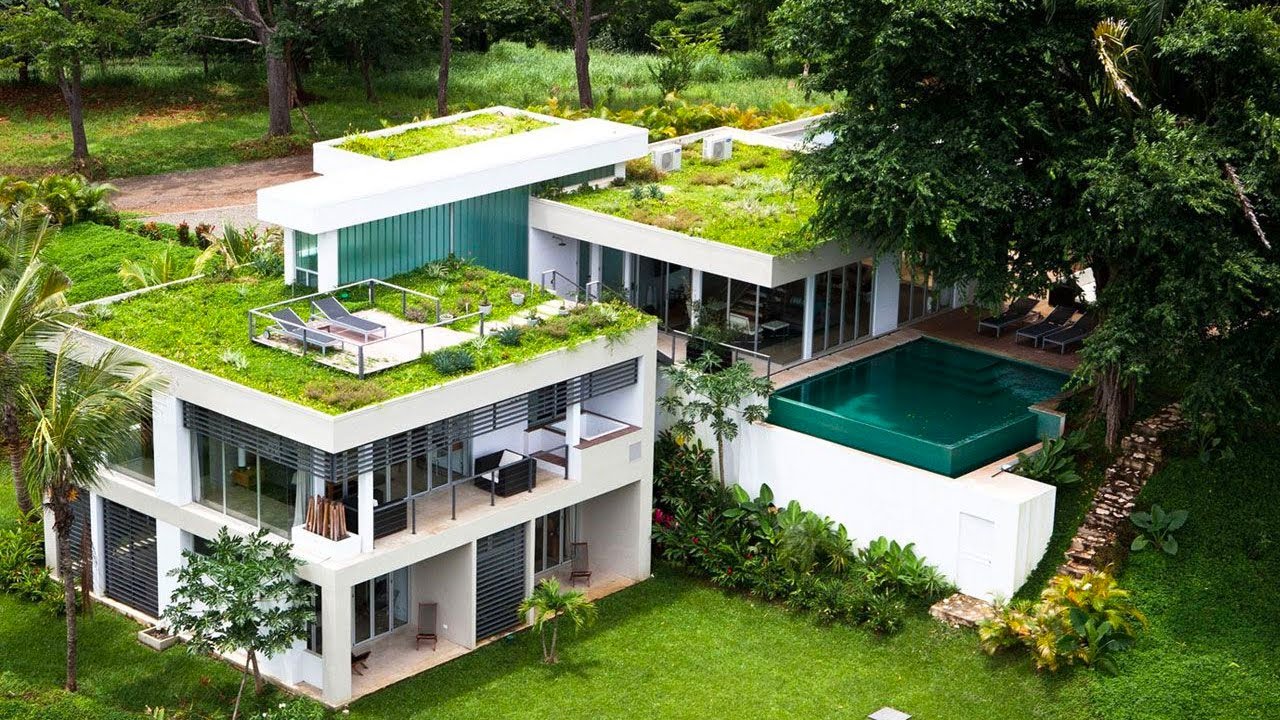
The future of sustainable building continues to evolve with breakthrough technologies that promise even greater efficiency and environmental benefits. Building-integrated photovoltaics, transparent solar cells, and perovskite solar technology will revolutionize how buildings generate renewable energy seamlessly.
Advanced materials like self-healing concrete, phase-change materials, and biomimetic insulation will enhance building performance while reducing maintenance requirements. Artificial intelligence and machine learning will enable smart homes to anticipate and respond to occupant needs while optimizing energy consumption automatically. Internet of Things (IoT) integration will create comprehensive building management systems that coordinate all aspects of sustainable home operation seamlessly.
Building codes continue to evolve toward more stringent energy efficiency requirements, with many jurisdictions mandating net-zero energy performance for new construction. Market demand for sustainable homes continues to grow as environmental awareness and energy costs increase across all demographic segments.
These trends will accelerate adoption of green building practices across all market segments and price points. Professional certification programs for sustainable design are expanding, ensuring that builders, architects, and contractors possess necessary knowledge. Educational initiatives are preparing the next generation of building professionals to meet growing demand for energy-efficient construction expertise.
More Read: Sustainable Homes Energy Efficient Design Ideas
Conclusion
Sustainable homes represent the convergence of environmental responsibility, economic opportunity, and technological innovation in residential construction for the modern era. The integration of energy-efficient design principles, renewable energy systems, and smart home technology creates living spaces that minimize environmental impact while maximizing comfort, health, and financial benefits for occupants.
As we advance through 2025, the combination of regulatory requirements, market demand, and technological advancement makes green building practices not just environmentally responsible but economically essential for long-term value. Whether through new construction or strategic renovation, implementing these sustainable design strategies positions homeowners for decades of reduced operating costs, enhanced property values, and the satisfaction of contributing to environmental stewardship.
The tools, technologies, and knowledge necessary to create truly energy-efficient homes are more accessible than ever, making sustainable living an achievable goal for homeowners committed to responsible stewardship of both their finances and the environment.
